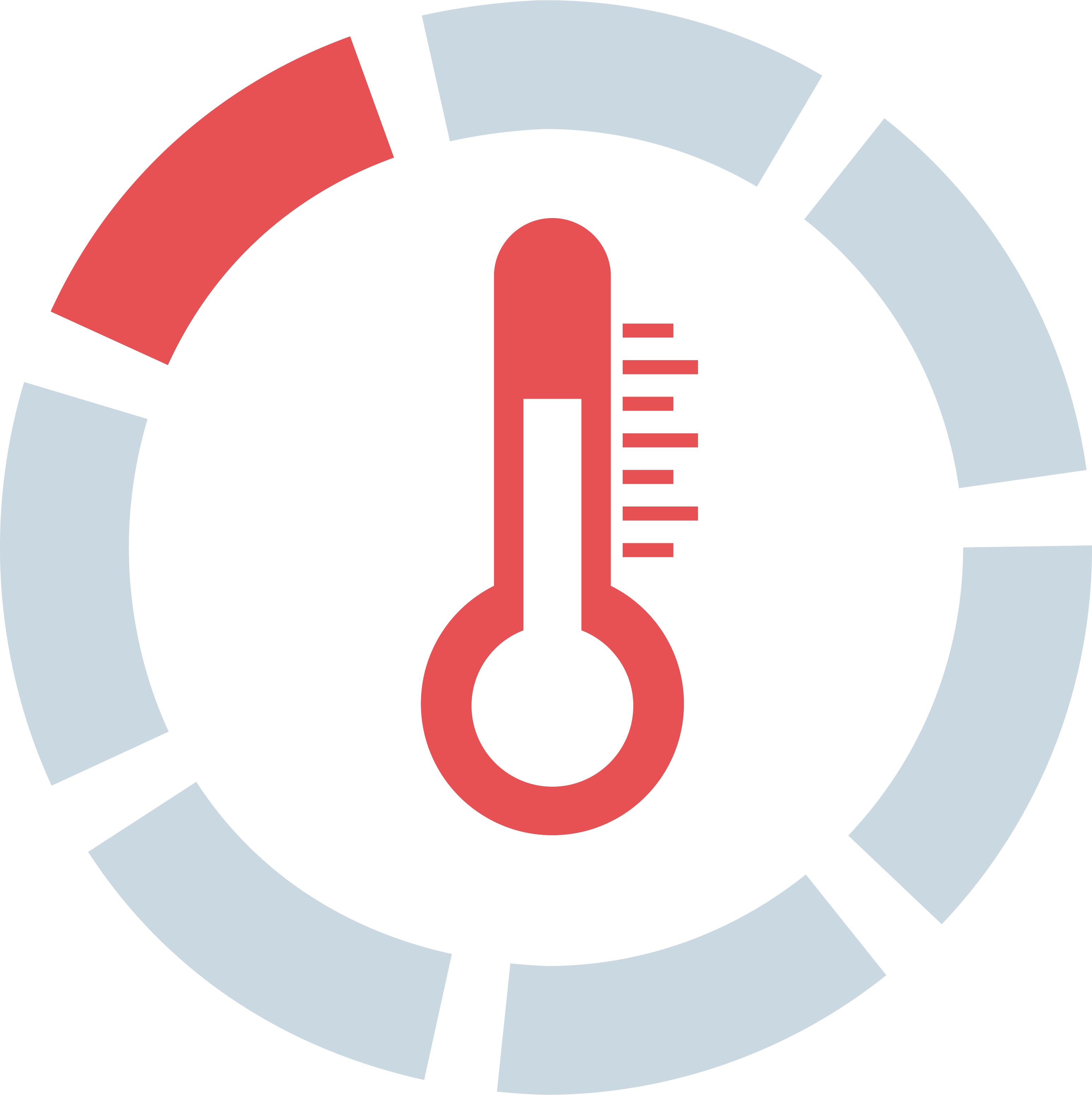
HYPOTHERMIA

Goal of first aid:
Prevent further hypothermia of the body, secure vital body functions.

SAFETY FIRST






Gloves: Protect yourself and others: put on disposable gloves.
Personla protection: Protect yourself and others: put on disposable gloves.


CONDITION CHECKING





See: Pale, bluish skin across the body, bluish lips, and shivering (note: shivering may cease in advanced stages of hypothermia).
Hear: Sensation of cold and tingling, mental confusion, extreme fatigue, and numbness.
Feel: Cold skin.



CALLING FOR HELP




Emergency call 112: Make an emergency call.
The 5 W questions:
Where did the accident happen?
What happened?
How many people are affected?
What injuries?
Wait for further questions!
Use speakerphone: Turn on your phone’s speaker to keep your hands free.
Do not hang up: Do not hang up unless the 112 dispatcher instructs you to.
Involve bystanders: Have them bring a first aid kit.
Report condition changes: Inform the control center if the person's condition changes.




POSITIONING



Mild hypothermia: In case of severe shivering and clear consciousness: Move the person to a warm place.
Moderate hypothermia: The affected person no longer shivers, has impaired consciousness, and despite having icy skin, reports a sensation of warmth (known as 'cold idiocy'): Avoid unnnessecary movement, as any movement could worsen their condition.





WOUND DRESSING


Frostbite: If present, cover the affected areas without excessive movement.






COMFORTING

Don't leave: Stay with the person. Your presence and kind, encouraging words can help.
Mild hypothermia: If fully conscious: Provide warm, sweetened drinks or glucose.







TEMPERATURE MANAGEMENT

Warm: Place a jacket or emergency blanket around the person.
No active rewarming: Do not rub or massage, and avoid active heat sources such as hot water bottles or warm baths.

